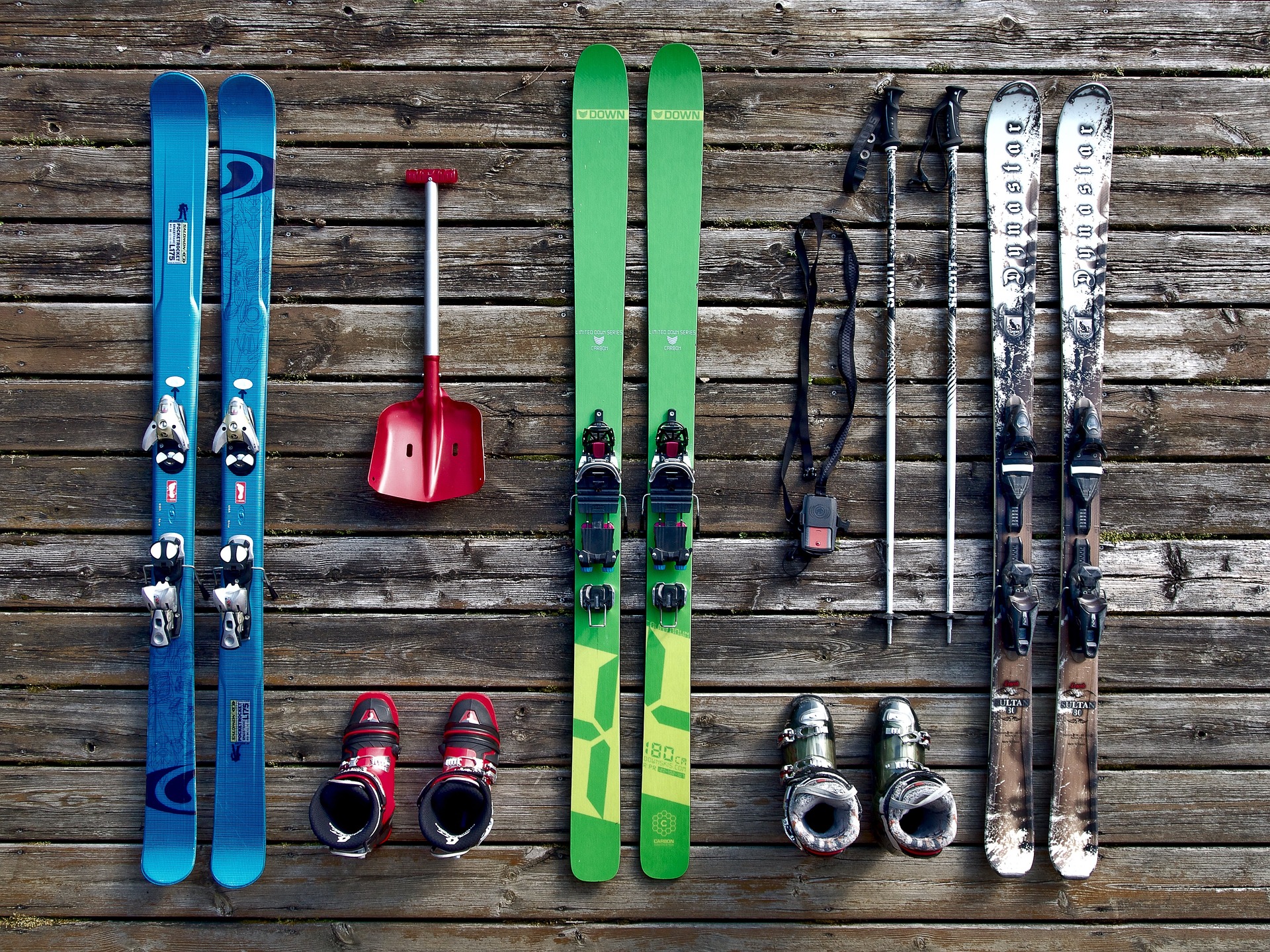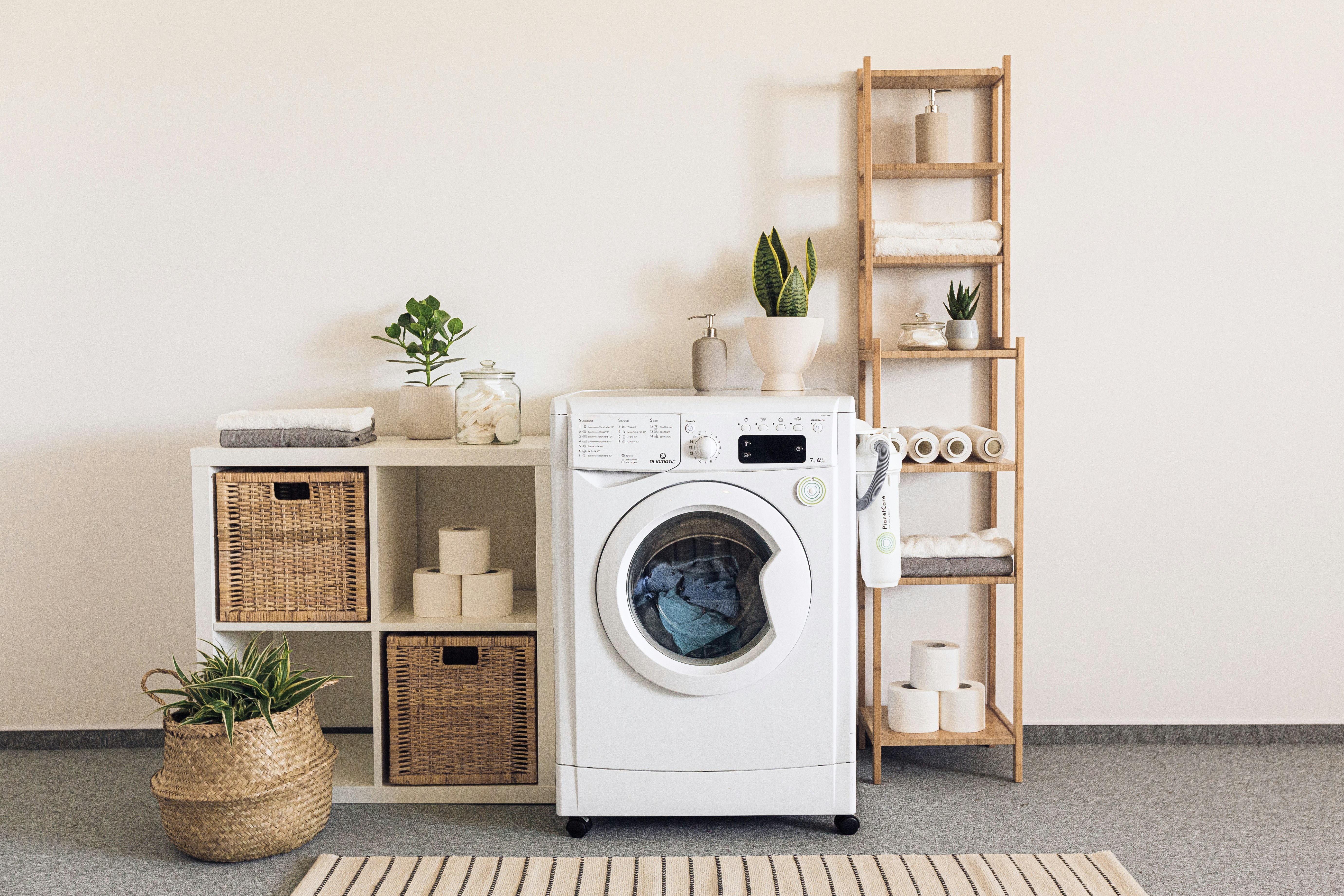Reimagining Athletic Standard: The Shift Towards Sustainable Sports Equipment
In recent years, the sporting world has seen a significant shift towards sustainability. From stadiums powered by renewable energy to plant-based diets for athletes, the green movement is making waves. One area where this trend is particularly notable is the production and utilization of sustainable sports equipment.
Embracing Eco-Friendly Materials
Eco-friendly materials are significantly changing the landscape of sports equipment production. Manufacturers are now embracing materials like bamboo, organic cotton, and recycled plastic to create everything from running shoes to football jerseys. Bamboo, for instance, is used to build bicycles, cricket bats, and even snowboards due to its strength and flexibility. Clothing brands are incorporating organic cotton and recycled plastic into their products, creating a circular economy where waste is minimized.
Innovation in Production Processes
The production processes are also being modified to be more eco-conscious. The traditional methods, which often involve high energy consumption and harmful emissions, are now being replaced with greener alternatives. Companies are using waterless dyeing techniques, renewable energy sources, and reducing the use of toxic chemicals. This innovation not only contributes to a healthier planet but also leads to higher quality products.
Impact on Performance and Durability
There’s a common misconception that sustainable sports equipment may not be as effective or durable as their traditional counterparts. However, advancements in technology and design have proven this wrong. In fact, products made from eco-friendly materials often outperform traditional ones. For instance, running shoes made from recycled plastic have been praised for their durability and comfort. Similarly, bamboo cricket bats have been found to have a better ‘sweet spot’ compared to traditional willow bats.
Athletes as Advocates for Sustainability
Athletes are playing a crucial role in this shift towards sustainability. Many are using their platform to spread awareness about the importance of eco-friendly practices in sports. They’re advocating for sustainable equipment, pushing sports brands to adopt greener practices, and even launching their own lines of sustainable sports products. Their influence is contributing significantly to the acceptance and popularity of sustainable sports equipment.
The Future of Sustainable Sports Equipment
The future looks promising for sustainable sports equipment. As more manufacturers embrace green practices and more athletes advocate for sustainability, the demand for eco-friendly sports products is expected to grow. There’s also an increasing focus on improving the recycling and disposal processes for sports equipment to ensure they don’t end up in landfills.
- Bamboo is a fast-growing, renewable resource that’s finding use in a variety of sports equipment due to its strength and flexibility.
- Recycled plastic is being incorporated into sports clothing and footwear, reducing waste and promoting a circular economy.
- Athletes can use their influence to advocate for sustainable practices in the sports industry, driving the demand for eco-friendly equipment.
- Companies are now focusing on improving the disposal and recycling processes for sports equipment to minimize their environmental impact.
In conclusion, the shift towards sustainable sports equipment is a significant step in the right direction. It’s not just about reducing the environmental impact, but also about reimagining the standards of athletic performance. As we move forward, it’s crucial that we continue to innovate and push for sustainability in all aspects of sports. After all, sports is not just about winning games, it’s also about playing our part in winning the bigger game - preserving our planet.





